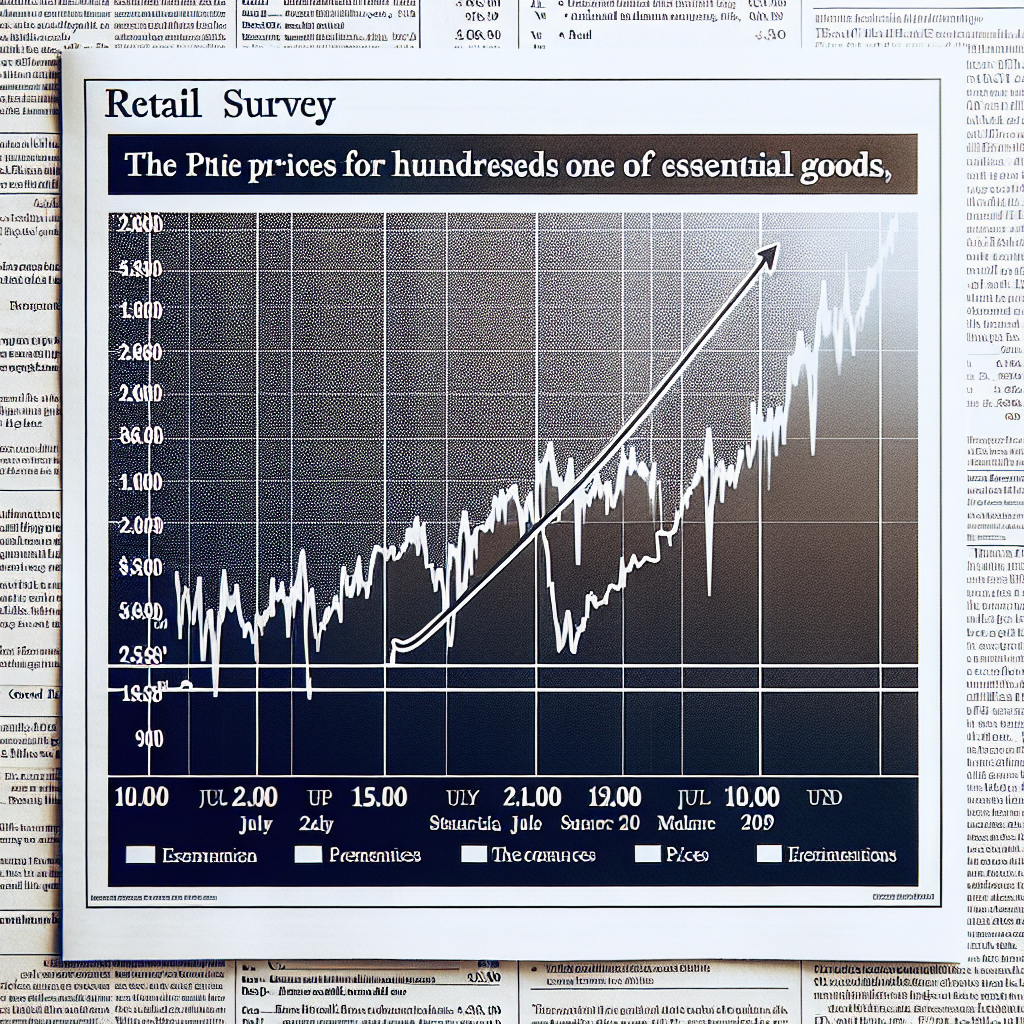On July 20, according to a report from The Wall Street Journal, a retail survey showed that despite Amazon’s commitment to maintaining low prices, prices for hundreds of essential items have increased, while competitors like Walmart have lowered prices on similar goods.
An analysis of nearly 2,500 retail prices by The Wall Street Journal found that from President Trump’s inauguration on January 20 to July 1, prices for Amazon’s discounted goods have increased by an average of 5%. This includes items such as deodorant, protein shakes, and pet care products.
Data collected from retail websites by ecommerce data company Traject Data showed that despite Amazon’s pledge not to increase prices following President Trump’s announcement of tariffs in April, prices for 1,200 discounted household items have still gone up. Meanwhile, Walmart has lowered prices on similar items by nearly 2%.
These differing strategies indicate significant price adjustments for popular products among major retailers in the face of tariff uncertainty.
Amazon stated that the product prices tracked by The Wall Street Journal may not represent the overall trend of their prices, emphasizing their commitment to providing low prices rather than focusing on relative percentage changes for maximum customer value.
Some manufacturers of Amazon price-hiked products claimed they are absorbing the tariffs as mentioned by the President and have not raised supply prices to retailers. However, even American-made products like Campbell’s canned goods have experienced price hikes. For example, the price of a can of Campbell’s soup was $1.98 on January 20 but rose to $2.58 by July 1, a 30% increase.
Prices for imported goods and products with mixed origins (assembled domestically using imported parts) have seen even larger price increases.
For instance, a stackable metal shopping basket manufactured by Ohio-based Dayglow and importing goods from China was priced at $9.31 on Amazon before mid-February, which has since been increased to $19.99 by July. In contrast, Walmart lowered the price of the same item from $17.9 to $6.77.
Nick Morrisroe, the CEO of Dayglow, affirmed that they have not adjusted their supply prices to Amazon despite increased import costs.
Many of the products tracked by The Wall Street Journal are considered “daily essentials” on Amazon. In the first quarter of 2025, one out of every three items sold by Amazon in the US falls under this category.
Amazon supplier advisor Corey Thomas explained that Amazon struggles to make profits on these products as shipping costs nearly wipe out margins, while Walmart can afford losses in online sales as customers typically purchase higher-profit items in physical stores.
Factors contributing to price fluctuations include seasonal discounts, competition, and currency inflation. Amazon mentioned that the products analyzed by The Wall Street Journal were more frequently out of stock on competitor websites.
Additionally, some high-priced items have seen price cuts with the launch of new products. During Amazon’s Prime Day promotional event from July 8 to 11, prices dropped, and even with rebounds, they remained below the July 1 levels.
President Trump recently extended the tariff deadline to August 1, allowing retailers time to stock up before the tariffs take effect.
The retail industry’s overall response to tariffs has been relatively muted. According to research by Harvard University economist Alberto Cavallo and members of the Harvard Business School pricing lab, since March, prices of imported goods have risen by approximately 2%.
Cavallo noted, “Lack of transparency could lead retailers to be more cautious and gradual in implementing price adjustments.”

